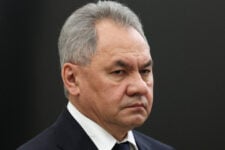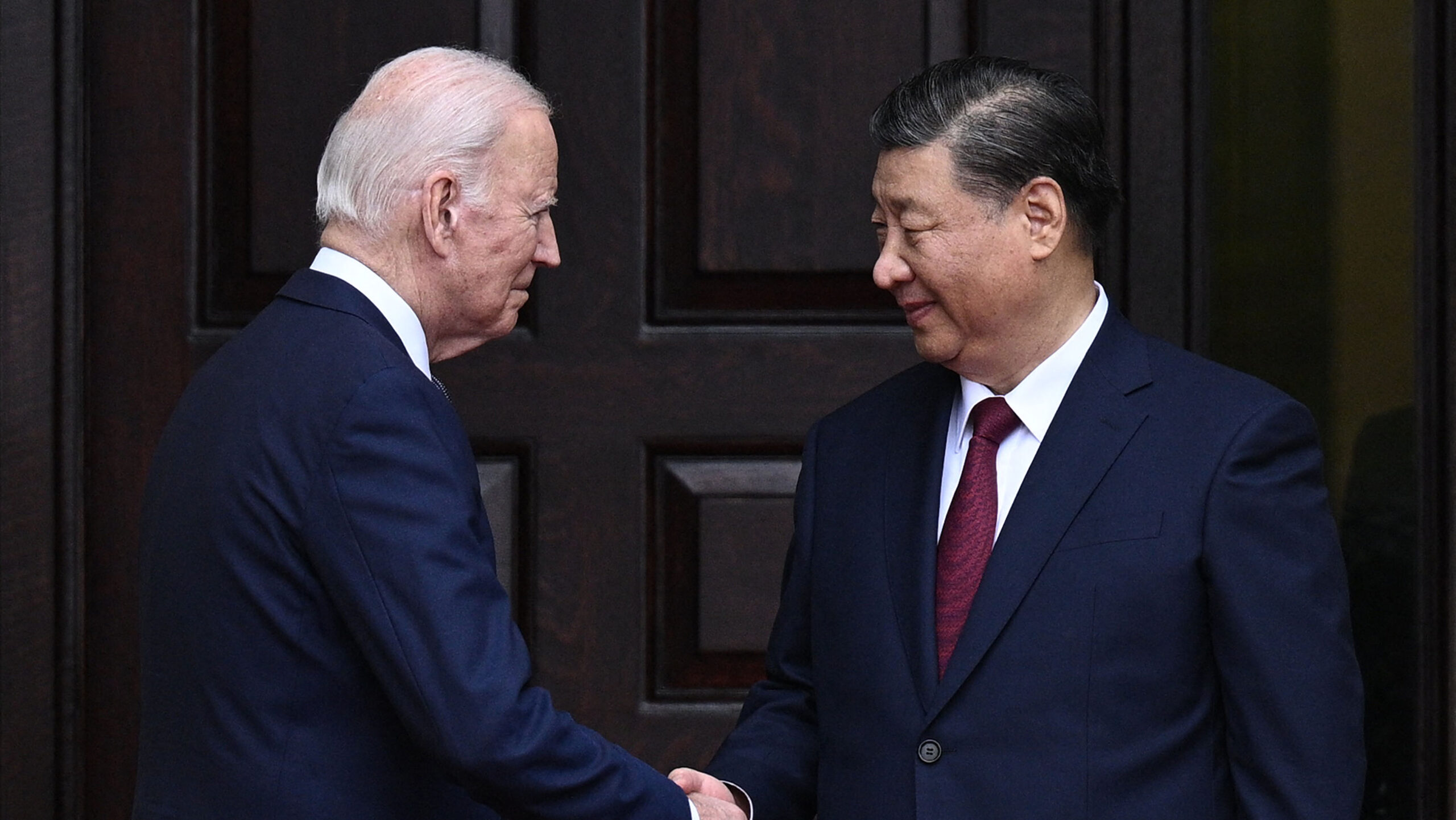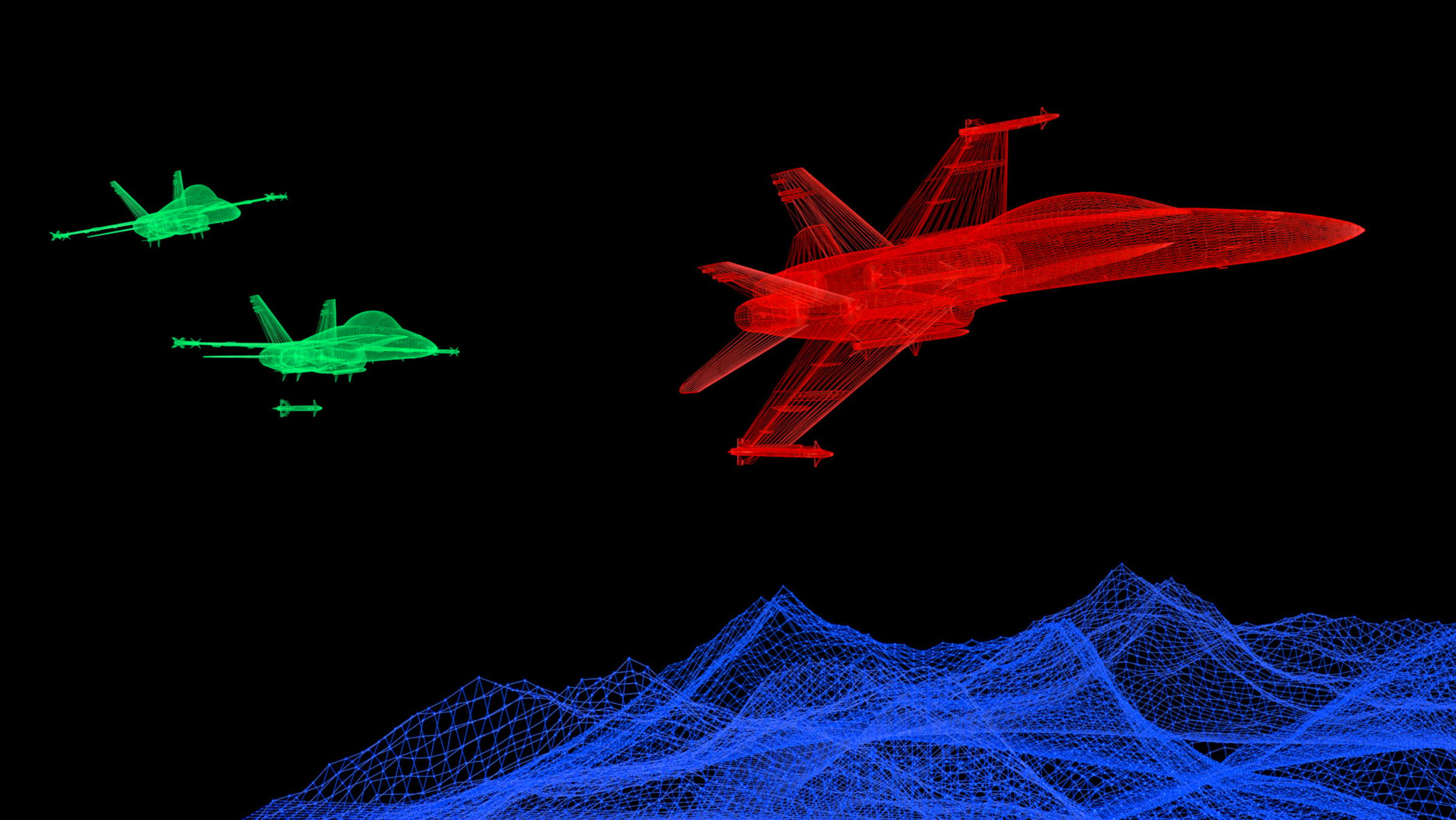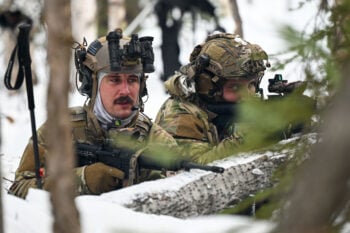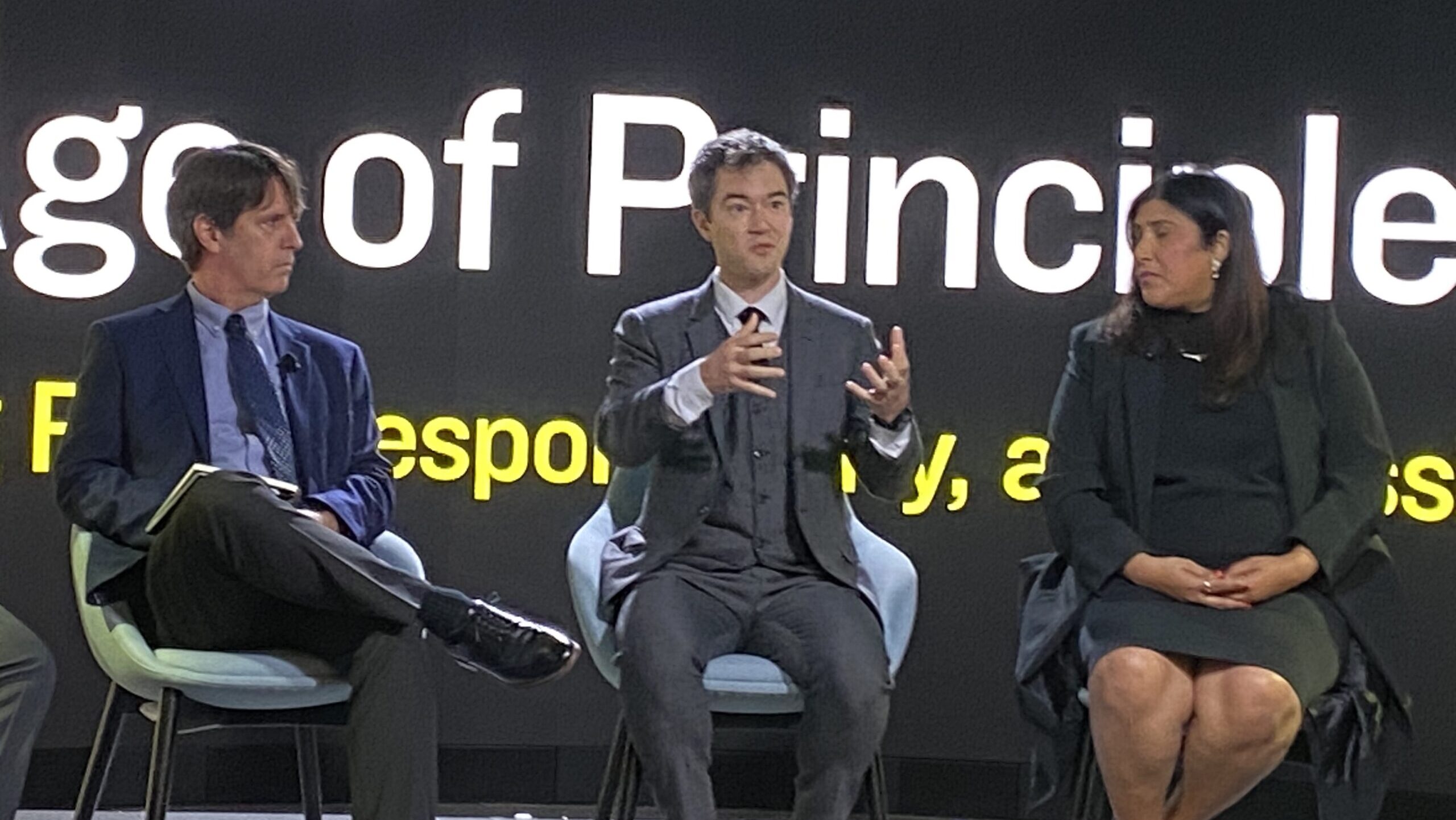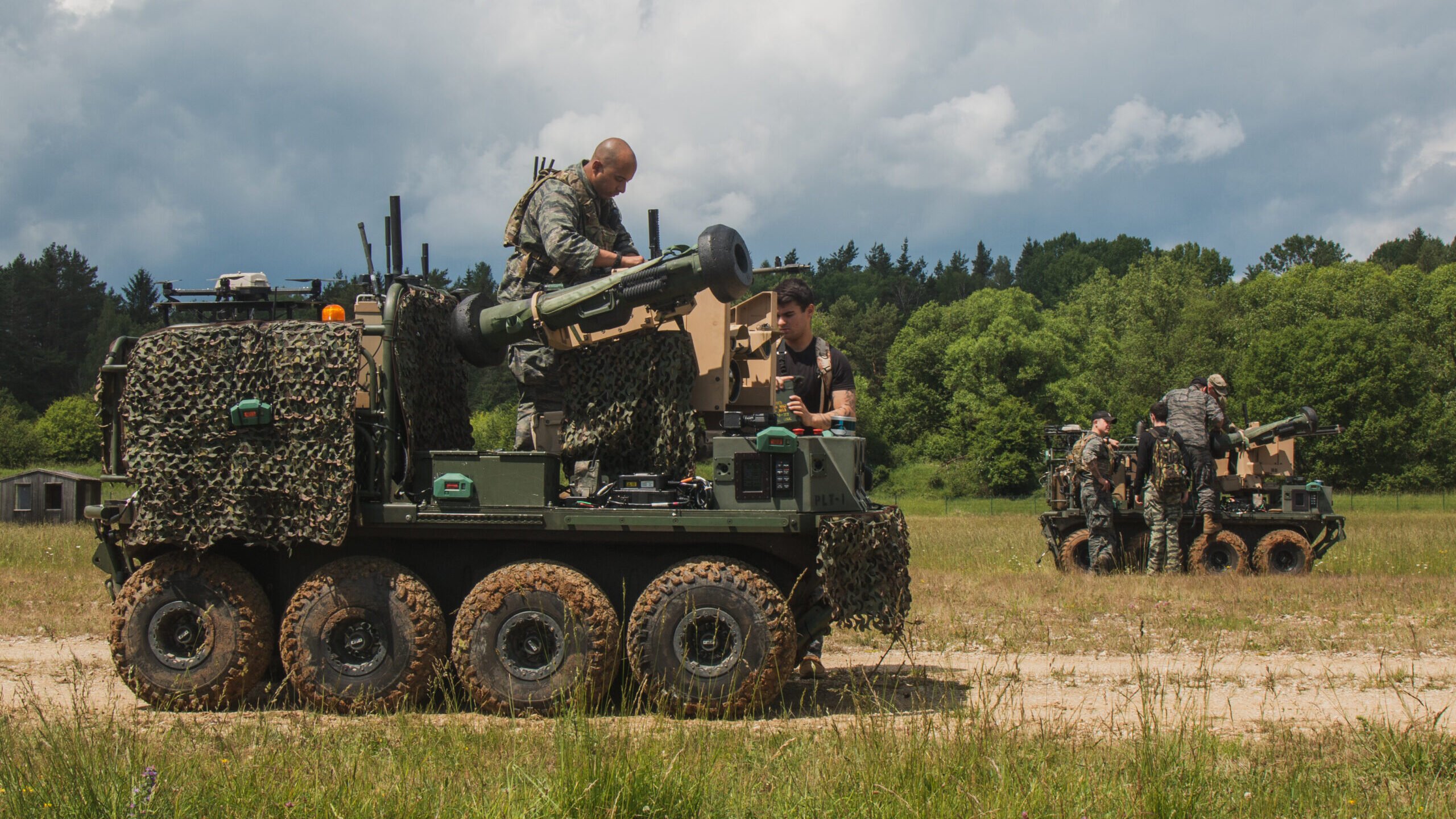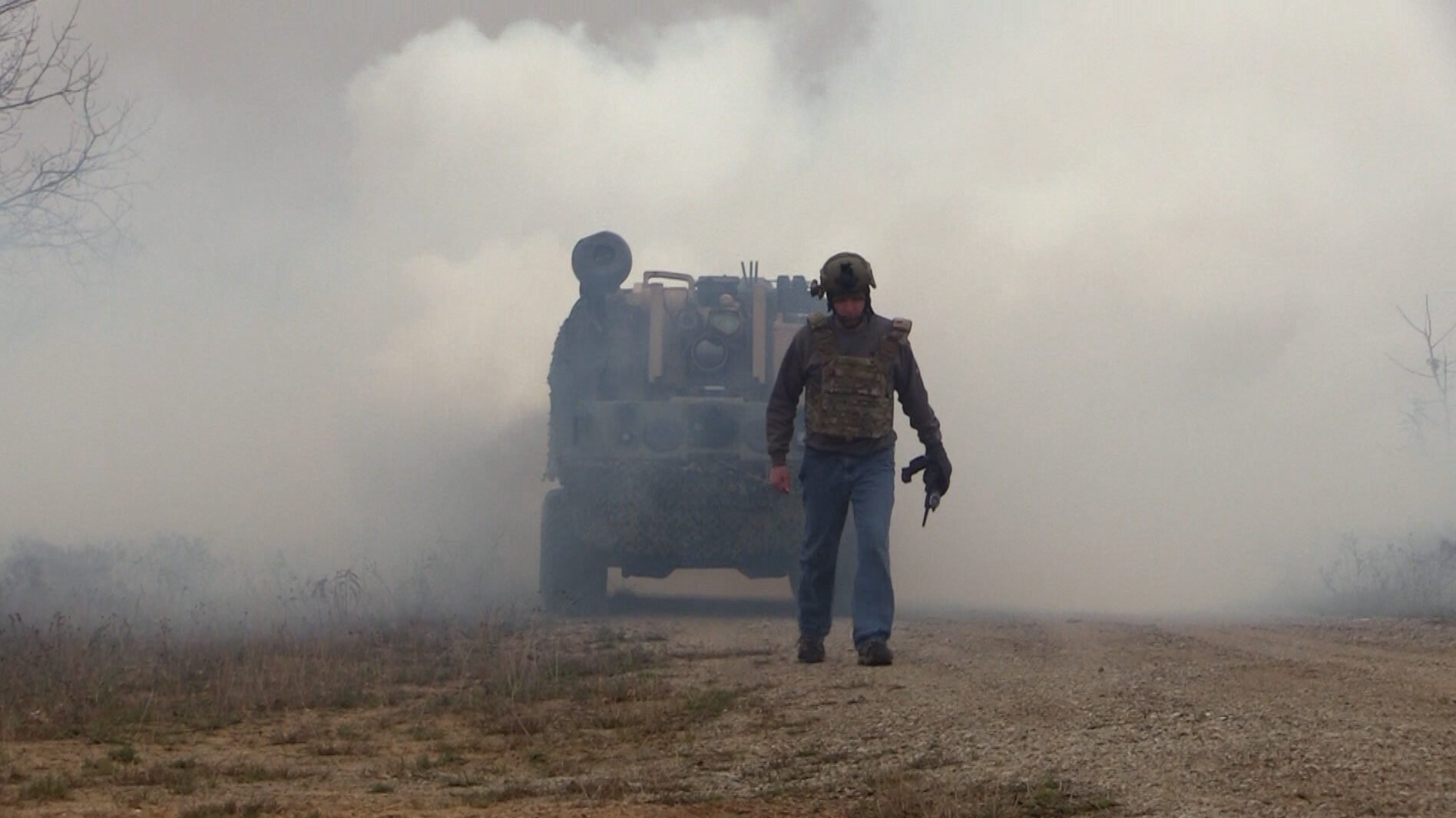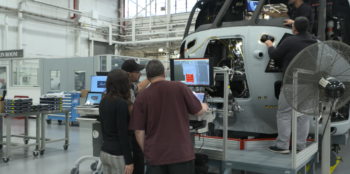
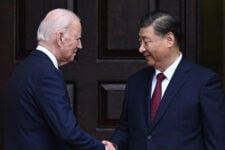
Mid-level officials from the NSC and State Department will lead the talks, which follow on Xi-Biden summit last November. No public joint statement is expected, let alone a formal agreement.
By Sydney J. Freedberg Jr.
“How are we going to reduce civilian deaths to the smallest amount humanly possible?” asked Palantir’s Alex Karp this week. “That is a tech problem.”
By Sydney J. Freedberg Jr.
Two US officials exclusively tell Breaking Defense the details of new international “working groups” that are the next step in Washington’s campaign for ethical and safety standards for military AI and automation – without prohibiting their use entirely.
By Sydney J. Freedberg Jr.
Even if China doesn’t agree to or abide by new “confidence-building measures,” CNAS scholar Tom Shugart says, the US and its allies should adopt them unilaterally to reduce the risk of accidents or worse in the West Pacific.
By Sydney J. Freedberg Jr.
The US government hopes this will be the first of many annual meetings of the countries that signed on to the US “Political Declaration” on military AI last year, sharing model policies and best practices on everything from combat robots to back-office algorithms.
By Sydney J. Freedberg Jr.
“I think that there’s a recognition that the sorts of norms we’re trying to promote are things that all countries should be able to get behind,” Pentagon emerging capabilities official Michael Horowitz said.
By Jaspreet Gill
Over the last 11 months, the US has made major progress in defining “Responsible Military Use of Artificial Intelligence” and even getting other nations to sign on the idea — without ever actually precluding the kind of automated “killer robots” activists want to ban.
By Sydney J. Freedberg Jr.
While designed for military program managers, the app will be also available to the public so that industry, allies and ordinary citizens can understand how the Pentagon is implementing “responsible AI” – and how China is not.
By Sydney J. Freedberg Jr.
“Meanwhile, as commercial tech companies and others continue to push forward the frontiers of AI, we’re making sure we stay at the cutting edge with foresight, responsibility and a deep understanding of the broader implications for our nation,” Deputy Defense Secretary Kathleen Hicks said.
By Jaspreet Gill
“What’s really going to matter is how these various departments and agencies actually start building the rules and interpreting the guidance that they received in the executive order,” Klon Kitchen of Beacon Global Strategies told Breaking Defense.
By Jaspreet Gill
The Biden administration also unveiled a new executive order targeting US investment in Chinese AI, quantum and microelectronic tech.
By Jaspreet Gill
Over 100 officers, officials, academics, and industry insiders will discuss how to make AI more reliable, from ChatGPT-style “decision aids” to missile defense and cybersecurity, deputy CTO Maynard Holliday told Breaking Defense.
By Sydney J. Freedberg Jr.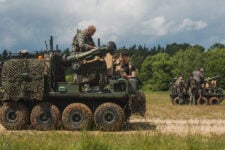
Last week, 33 nations called for a global treaty restricting “lethal autonomous weapons.” But US officials warn that such a ban would be both premature and overly narrow, preferring broader but non-binding “best practices” guiding any military employment of AI.
By Sydney J. Freedberg Jr.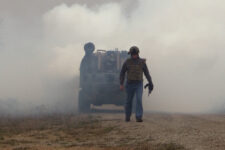
The revised DoD Directive 3000.09 refines an obscure review process, adding broad AI ethics principles but still not actually forbidding development or deployment of would-be killer robots.
By Sydney J. Freedberg Jr.











